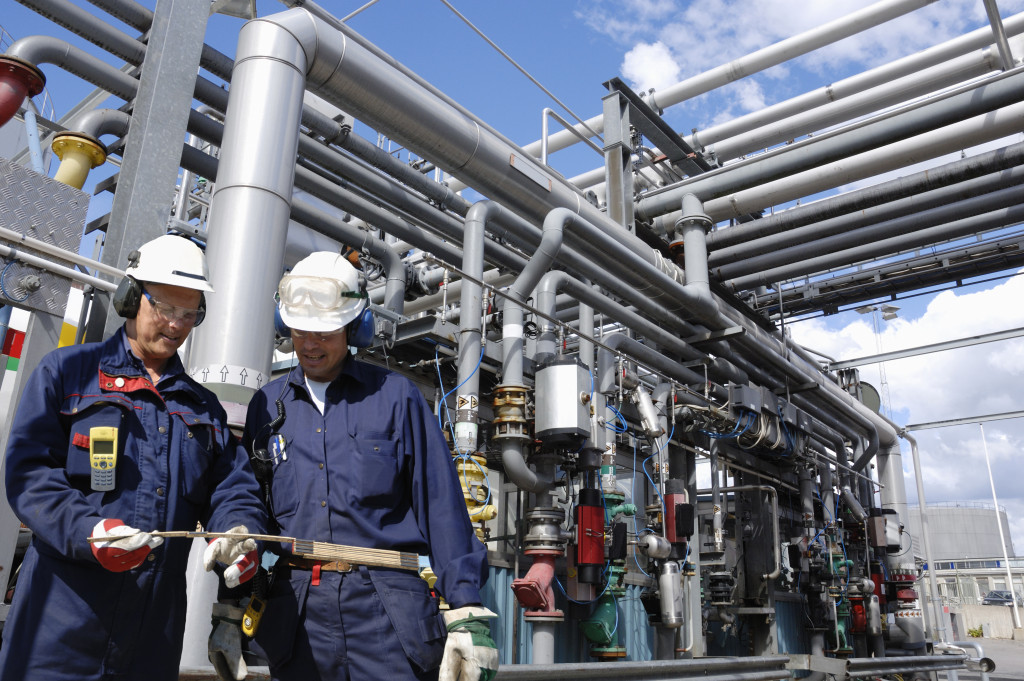Layout requirements differ remarkably by industry. The primary objective of planning any factory layout and design is to ensure the optimal flow of information, work, and information through a system.
In engineering facilities, companies use effective flooring and waterproofing solutions to enhance the value of their facilities and protect the quality of the products they produce. One example is the epoxy moisture mitigation system or the ASTM F3010.
In this article, we’ll talk about the major factors that greatly affect plant layout. We’ll discuss how each factor contributes to an effective workflow and makes workers and equipment more productive.
Nature of the product
The type of manufacturing approach carried out by a business enterprise has a significant impact on the type of plant layout. This includes the nature of the product, materials used, the size of machinery, and other factors related to the manufacturing process.
The stationary or fixed position layout is more suitable for factories handling bulky and heavy products, such as a boiler, locomotives, aircraft, and ships. Process layout is best for producing a wide variety of non-standardized products. For small, light products that can be transferred from one place to another with minimal time and effort, line layout is the most ideal since it allows you to focus on machine locations and proper materials handling.
Volume of production
Production volume and product standardization also affect plant layout. Factory production involves various approaches, such as job and mass production.
In job production, the factory produces non-standard, peculiar, or special products that are produced based on the orders requested by the customers. Since each product come in varying size or nature, the process requires separate production to avoid excess stock or order mix-ups.
Also, the design of each machine and equipment is tailored to fulfill the requirements of a specific task. It involves a periodic process because the work only takes place when the factory received an order. In this case, a functional layout or stationery material layout is suitable for this type of production.
Mass production, on the other hand, involves the continuous manufacturing of standardized, large-scale products. The factory works continuously because it often anticipates future demands. In this method, standardization serves as the principal basis of plan production, since all the equipment and materials used have to follow a certain guideline or requirement. Product or line layout works for factories involved in mass production.
Site location

The size and topography of a manufacturing facility at which production takes place will generally affect the type of layout to achieve maximum space utilization.
For example, if the production facility is close to a railway line, the layout should for the shipping, receiving, and production flow should be stationed on both sides of the railway lines.
Besides the production flow, the plant layout should also suit the facility design and building structure. Other factors that influence plant layout include the positioning of stairways, elevators, storage points, and parking lots.
Floor space availability
Floor space is another decisive factor when choosing a particular type of plant layout. If you’re running out of storage space or if the current layout hinders the movement flow of workers, consider making changes to the process layout.
When planning the space utilization of a factory facility, the design should include everything from making sure the traffic lanes are spacious enough and ensuring that storage warehouses or inventory rooms maximize the vertical space.
Working conditions
Factory workers play an important role in the success of manufacturing production, so it only makes sense to provide special consideration in ensuring their comfort and safety in planning the factory layout. The layout should also enable the factory to operate in adherence to occupational safety procedures and other legal guidelines.
An ideal factory layout that prioritizes the safety of employees should ensure the provision of safety measures, such as non-slippery floors, obstruction-free rooms, and protection against excess heat, toxic materials, and dangerous fumes.
Besides employee safety, an ideal factory layout should also ensure high employee morale to increase work productivity. Employees with high morale are more efficient, engaged, and motivated. They are also willing to devote more hours at work and provide helpful ideas to improve the quality and efficiency of factory operations.
An effective plant layout ensures that there is a steady and smooth flow of production process, equipment, material, and labor, all for a minimum cost. Given these factors, it isn’t surprising that any factory that follows effective planning of its layout will surely reap the benefits of an efficient and well-functioning production system.



